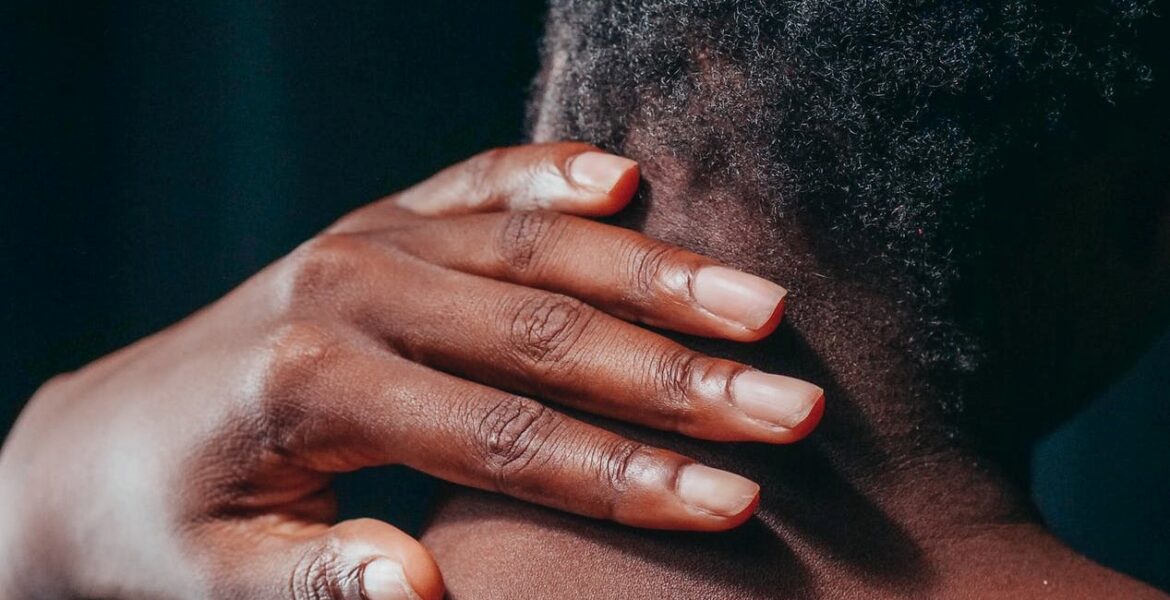“Living two days without a smart phone is like surviving unarmed in a combat zone.” ~ MedCrave
BONOLO PHALADZE*
According to Ergonomics Trends, the prevalence of neck pain globally is hard to ignore, with numerous studies showing that up to 75 percent of the population will experience neck pain sometime in their lives.
Yes, tech neck is a thing! It is a new name for an old issue. It is the term used to describe neck pain and possible damage sustained from constantly looking down at a mobile phone, tablet, or other wireless device for an extended period of time. As a result of this uncomfortable position of the head, shoulder and neck muscles have to deal with that increased weight burden.
The known long-term consequences may include neck discomfort, neck pain, stiffness and headaches, which may get worse over time, with severe cases leading to a need for surgery.
A recent study by researchers at Baylor University in the US found that college students spend an average of nine hours a day on their smart phones. Female students spend 10 hours a day on the device while male students spend almost eight hours. Adults, on the other hand, spend on average four hours a day on their smartphones.
It is not surprising that tech neck, also known as text neck, has become a global epidemic of modern era.
How yoga combats tech neck
The first yogis came thousands of years before the smartphone, yet sometimes yoga feels like it was invented as an antidote to technology. Yoga is an ancient practice that keeps on giving. It helps combat tech neck in two ways:
Asana (physical practice): can bring your head and spine back into alignment. The spine resumes its natural curvature and your ears align over your shoulders. This optimal postural alignment leads to less strain on the intervertebral discs. Asana practice also strengthens the muscles of your neck and back, which allows you to maintain a more healthy posture on a daily basis.
Pratyahara (sensory withdrawal): On a deeper level, yoga cultivates bodily awareness. When you practice pratyahara, you draw your attention inside your body. You notice physical sensations as they arise, and observe them as they fall away. In so doing, you train yourself to be more attuned to how your body feels from moment to moment.
Pratyahara combats our knee jerk reaction to stimuli and in its place we start to act with intention and awareness. You will start to notice when you’ve been staring at your phone too long and your chin begins to drop. This goes a long way toward avoiding the physical pain that results from poor posture.
To learn more about the benefits of yoga visit our website www.yownnyoga.com or check free online yoga classes at Yownn Yoga on YouTube.
Bonolo Phaladze* is a registered yoga teacher (RYT200) with Yoga Alliance, a global governing body for yoga teachers. She is the Founder & Teacher Lead at Yownn Yoga Studio in Gaborone.

